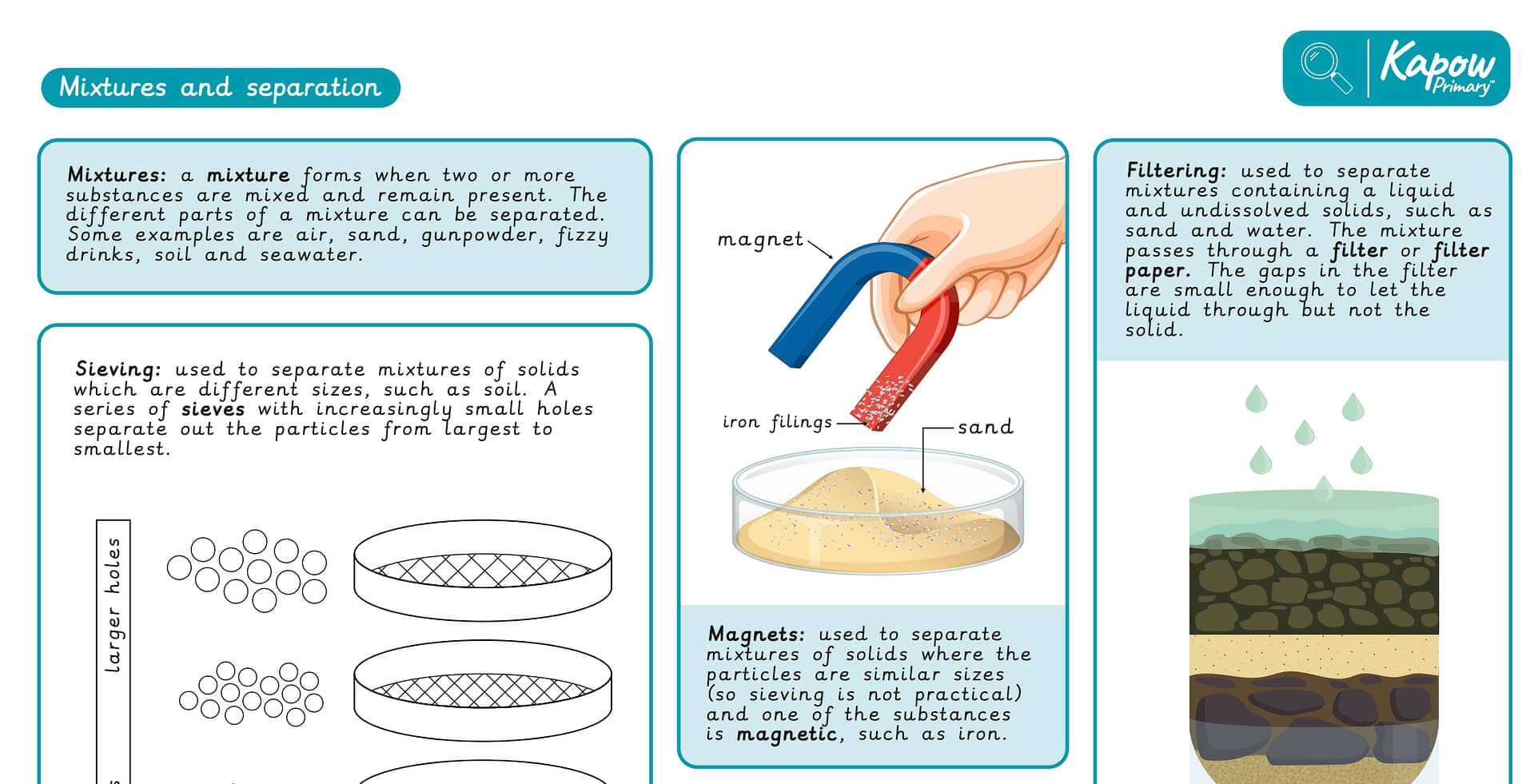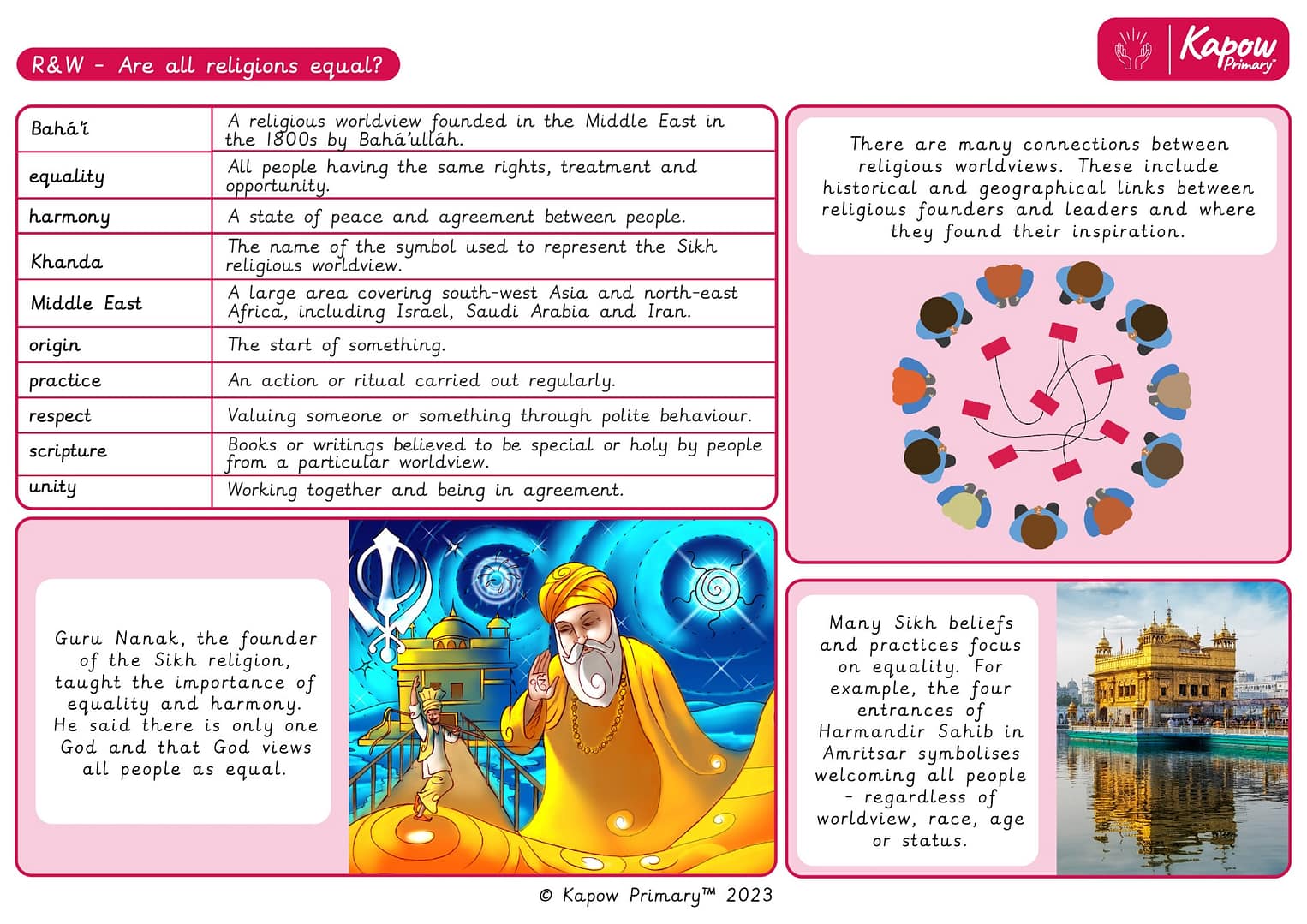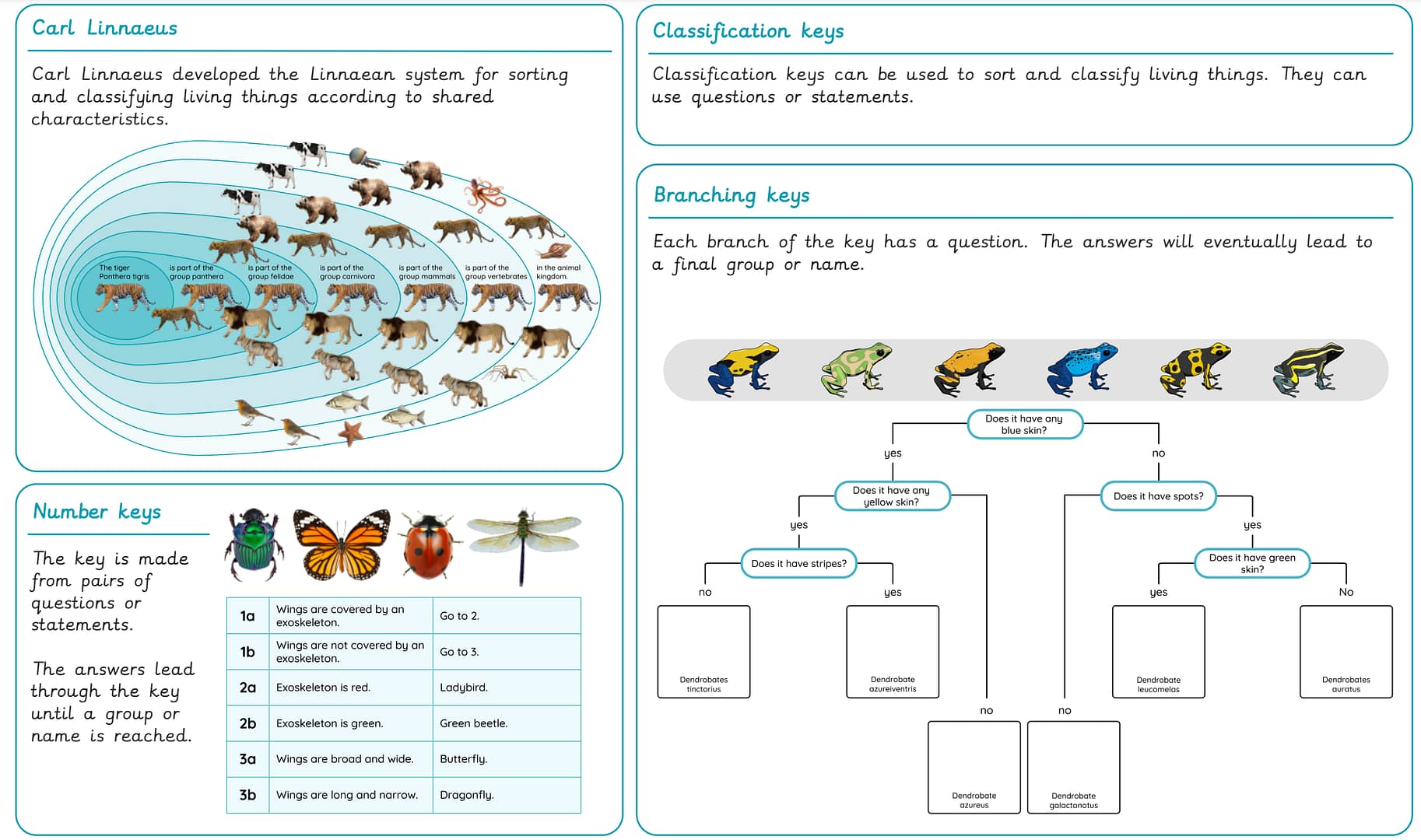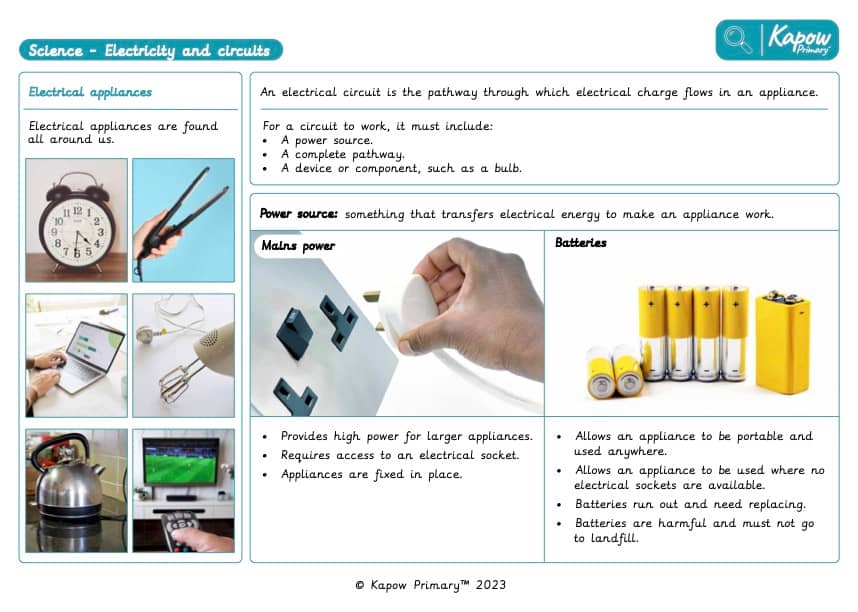
A Knowledge organiser that captures the essential knowledge and skills learnt throughout the unit Science, Year 4, Energy: Electricity and circuits.
This resource is designed to support the children as they explore electricity and circuits. It highlights key vocabulary and concepts, including how electrical circuits work, the role of components such as batteries, bulbs and switches and the differences between mains electricity and battery power. The resource also introduces circuit diagrams, electrical conductors and insulators and essential electrical safety rules. It is perfect for consolidating essential knowledge and fostering an understanding of how electricity is used in everyday life.
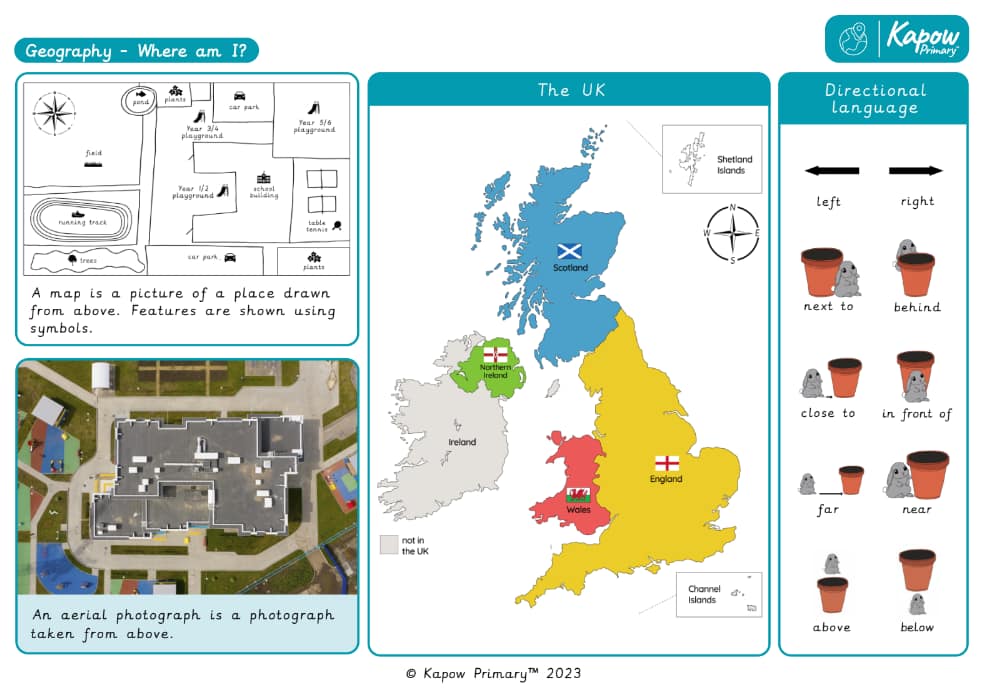
A Knowledge Organiser that captures the essential knowledge and skills learnt throughout the unit Geography, Y1/2 (B), Where am I?
This resource is designed to help pupils build foundational geographical understanding by exploring maps, aerial photographs, and the use of directional language. It introduces key locational terms such as left, right, behind, close to, and in front of, along with concepts like aerial photograph and map symbols. The UK map is included to familiarise pupils with the four nations and key geography skills. This resource supports early spatial awareness and positional vocabulary, fostering pupils’ confidence in describing location and direction in their local environment.
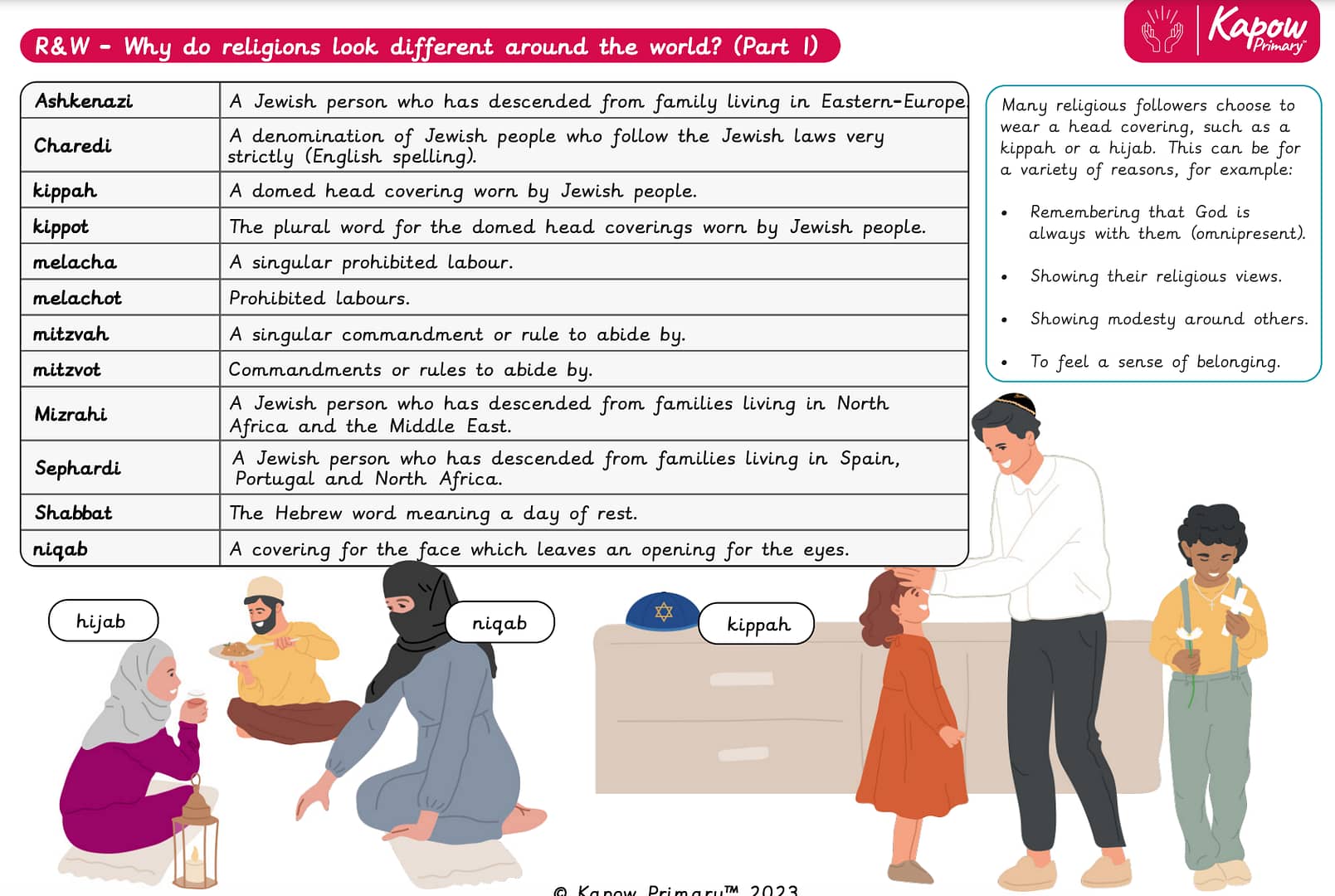
A Knowledge organiser that captures the essential knowledge and skills learnt throughout the unit Religion and Worldviews, Year 6, Religion and the World (Part 1).
This Religion and Worldviews resource is designed to support the pupils as they explore how religion interacts with society, culture, and global issues. It introduces key vocabulary such as faith, morality, secularism, philosophy, and worldview, helping the pupils understand different perspectives on the role of religion in the modern world. The pupils will also examine the influence of religion on laws, ethics, and personal identity.
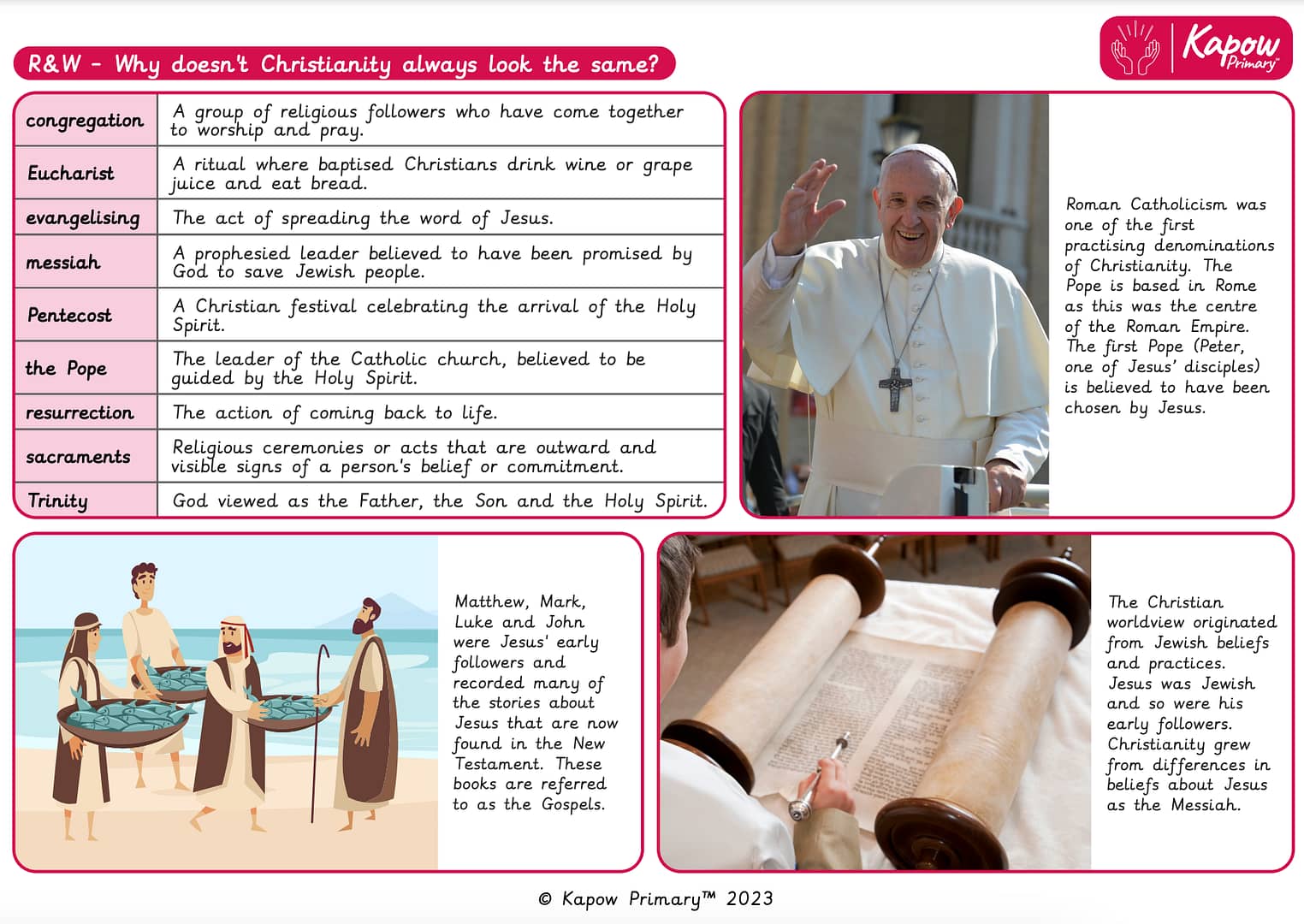
A Knowledge organiser that captures the essential knowledge and skills learnt throughout the unit Religion and Worldviews, Year 5, Why doesn’t Christianity always look the same?
This Religion and Worldviews resource is designed to support the pupils as they explore key beliefs, teachings, and practices in Christianity. It introduces key vocabulary such as gospel, salvation, disciples, parables, and worship, helping the pupils understand how Christian faith influences daily life and moral decisions. The pupils will also examine significant Christian traditions, symbols, and the impact of Christianity on communities around the world.
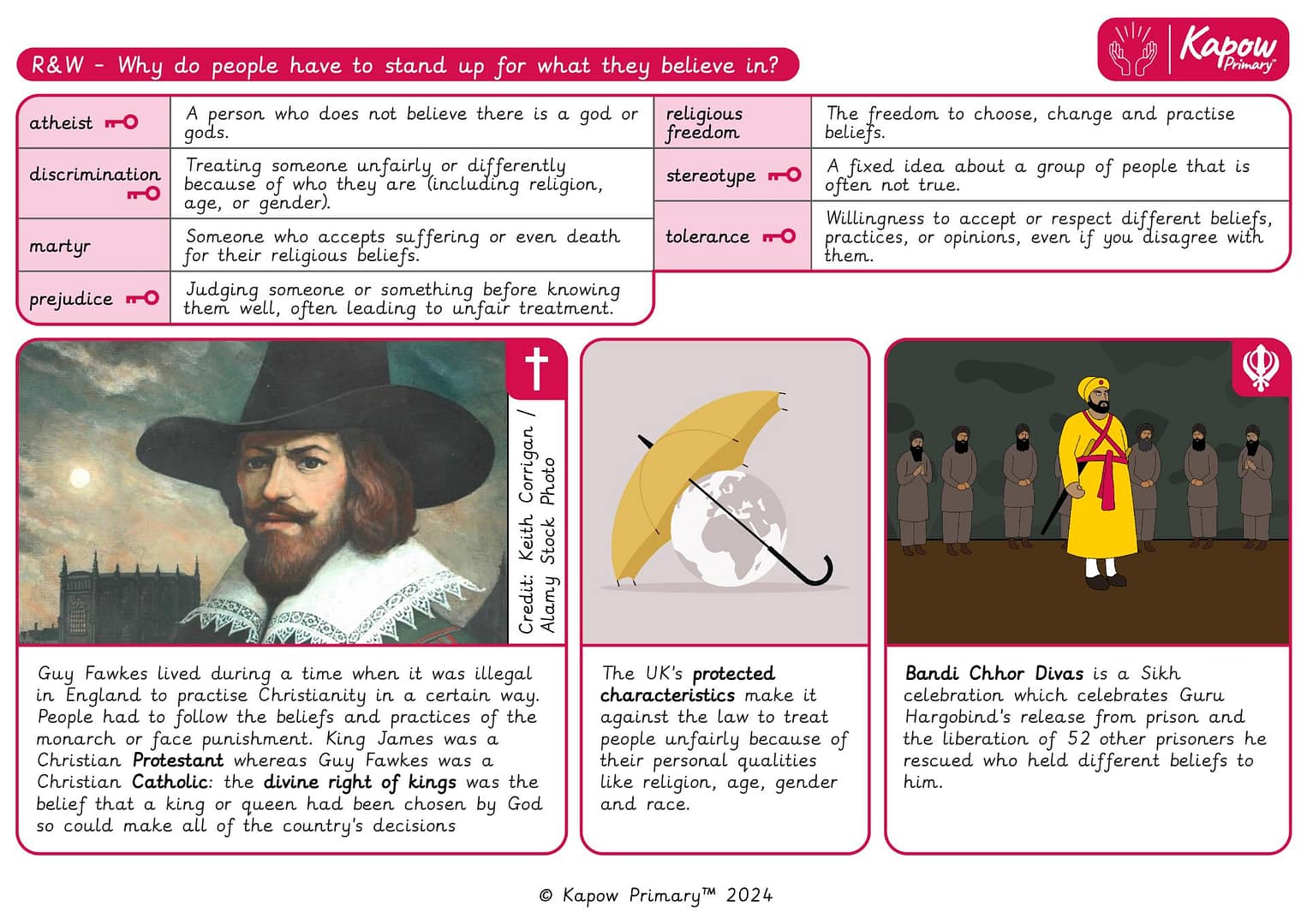
A Knowledge organiser that captures the essential knowledge and skills learnt throughout the unit Religion and Worldviews, Year 5, Why Do People Have to Stand Up for What They Believe In?
This Religion and Worldviews resource is designed to support the pupils as they explore the concept of standing up for beliefs and values. It introduces key vocabulary such as activism, justice, morality, protest, and commitment, helping the pupils understand how religious and non-religious worldviews inspire individuals to take action. The pupils will also examine historical and contemporary examples of people who have stood up for their beliefs and the impact of their actions.

A Knowledge organiser that captures the essential knowledge and skills learnt throughout the unit Religion and Worldviews, Year 3/4, What Makes Us Human?
This Religion and Worldviews resource is designed to support the pupils as they explore different perspectives on what it means to be human. It introduces key vocabulary such as identity, soul, morality, compassion, and beliefs, helping the pupils understand how religious and philosophical traditions define human nature. The pupils will also learn about different worldviews on human purpose, emotions, and the qualities that shape individual and collective identities.


